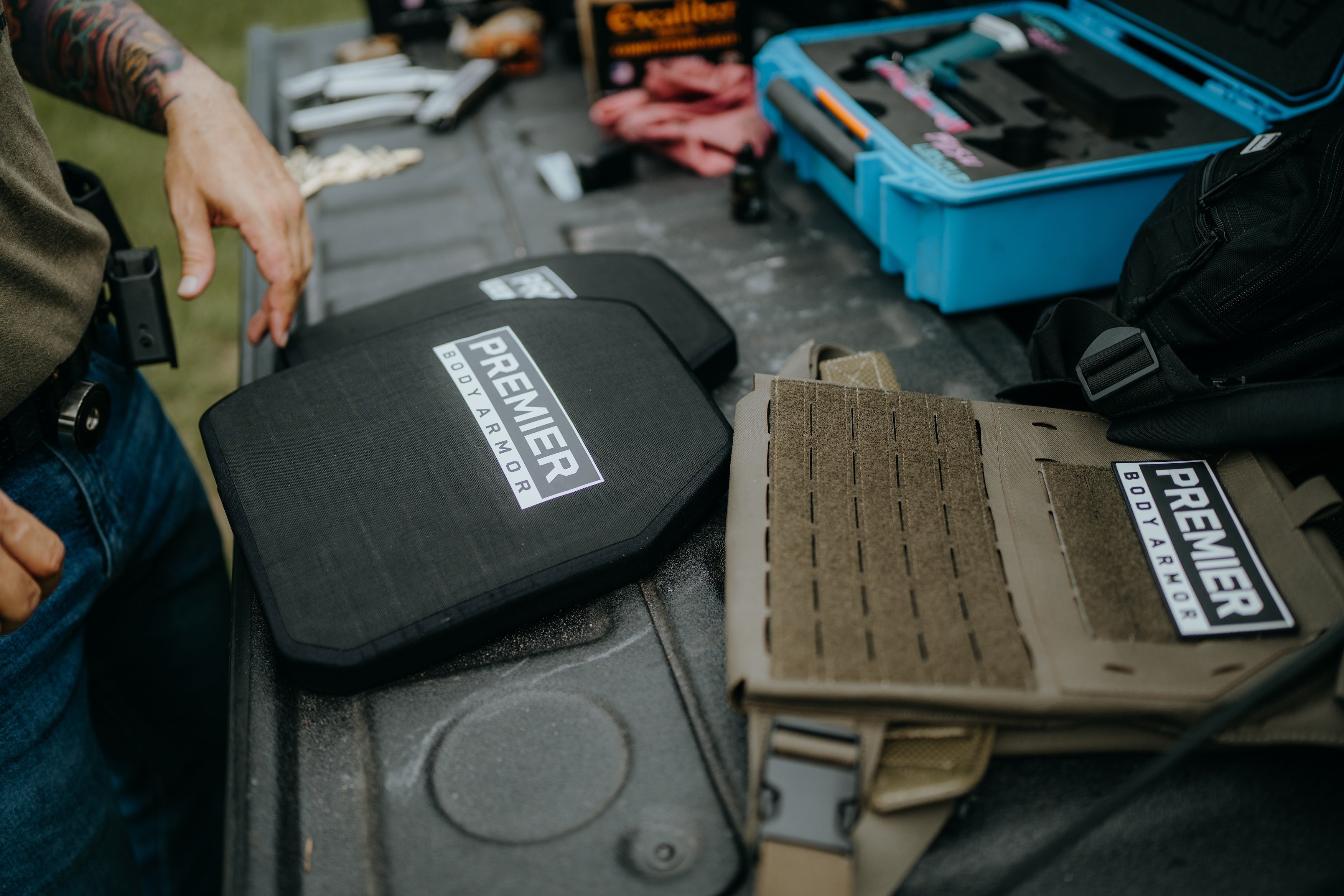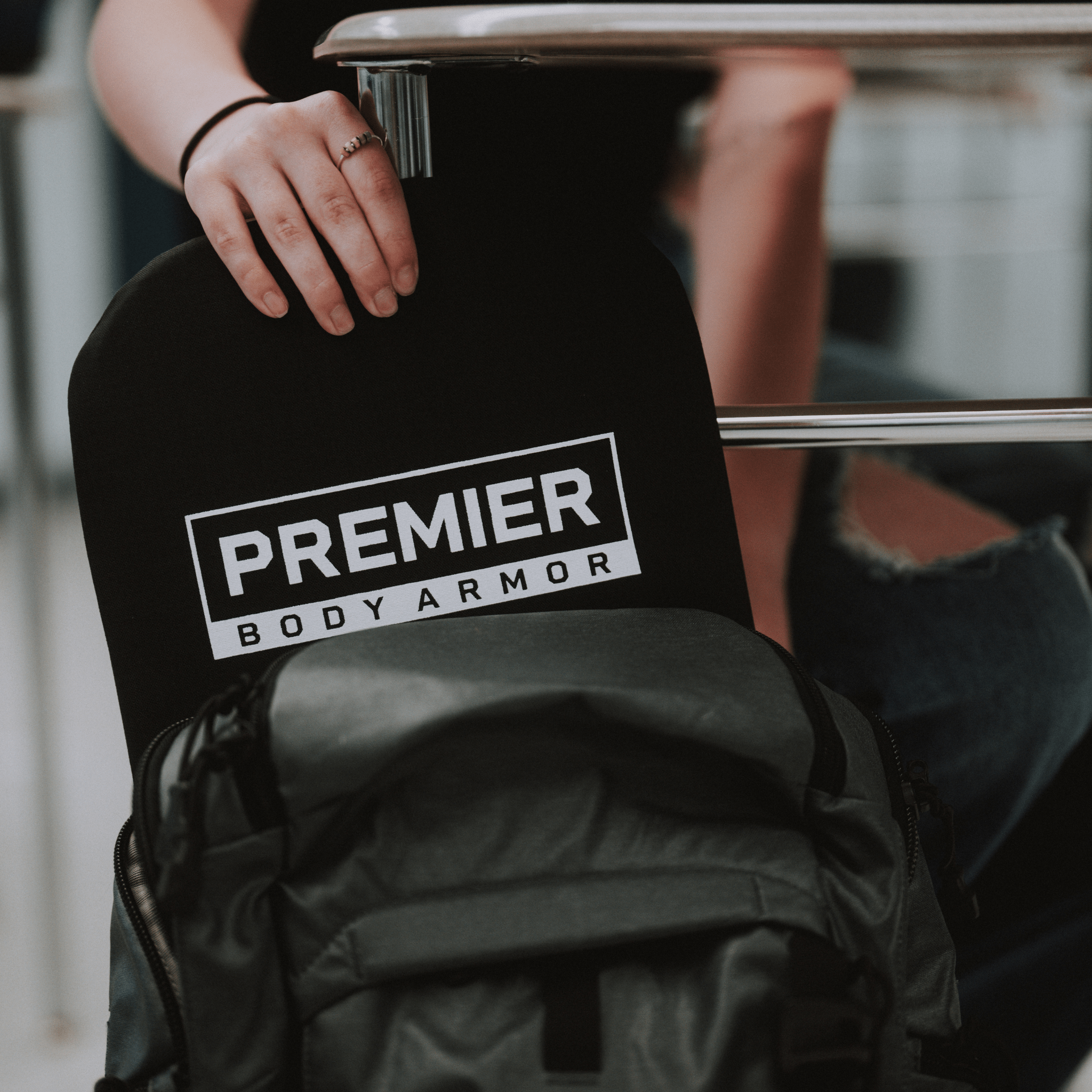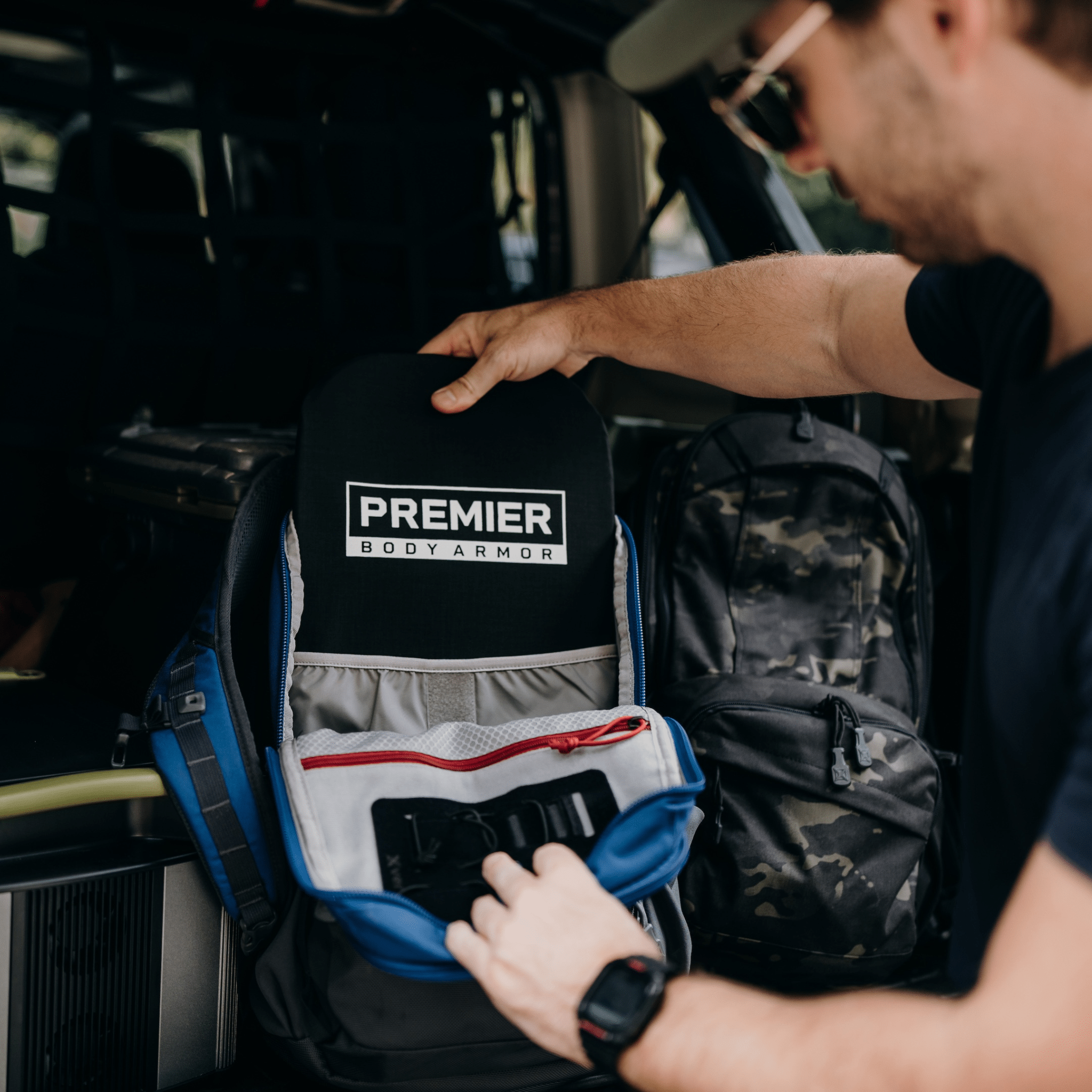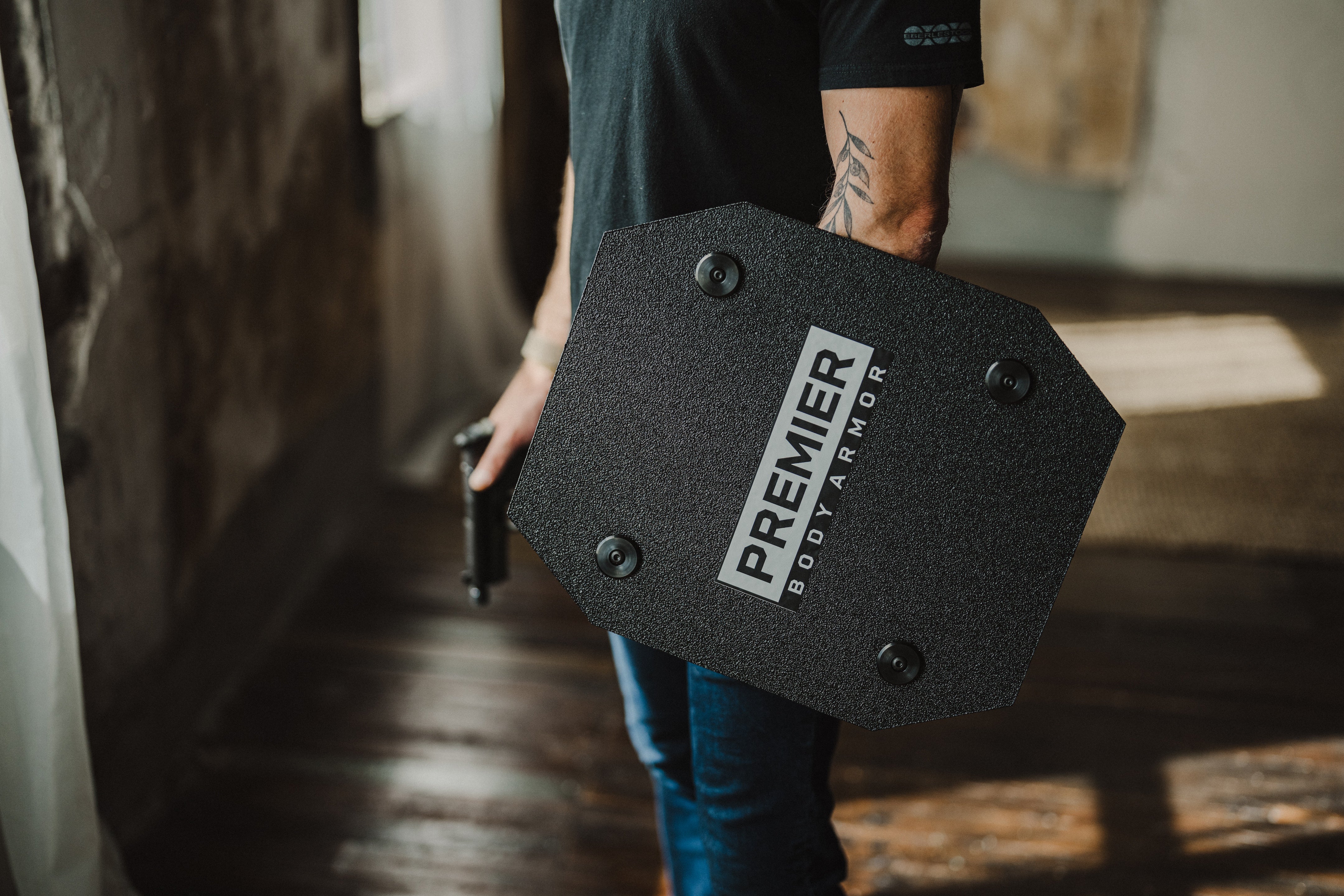Fall Safety & Preparedness: A No-Fear Guide for EDC, Vehicles, and Home
updated October 2025
Fall adds layers; literally. Cooler temps change how we dress, carry, drive, and travel. Use the season to tighten your everyday carry (EDC), prep your vehicle for cold-weather surprises, and harden your home ahead of holiday deliveries and longer nights. The goal isn’t to live on edge; it’s to make a few smart tweaks so your kit, car, and house keep up with the calendar.
Many of these tips may seem obvious, but it’s easy to overlook something so seemingly simple when you’re in the midst of chaos (no matter how fun that chaos may be). Below, you’ll find a few ways you can upgrade your preparedness this season, as well as some tips you can share with your family.
At A Glance
• Fall layers improve concealment and comfort. Use the season to dial in EDC and medical carry.
• Holiday travel + earlier sunsets change your risk: prep your vehicle, stage packages smarter, park under lighting.
• You can fly with body armor (carry-on or checked)
Adjust Your EDC for Fall Layers (Concealment, Compliance, Comfort)
Hoodies and jackets make concealment easier and reduce print. They also let you carry a bit more without adding bulk. Start by running your normal draw stroke with outer layers on. Practice clearing garments and do ten clean reps after you gear up.
If you carry a bag, reorganize it for dark-hour errands so a light and med kit sit where your hand finds them first.
Cooler weather also makes soft armor far more wearable. If you’ve been curious about concealable IIIA/HG2 soft armor, fall is a great time to wear a body armor vest under your clothing, since it's easier to conceal without printing. Another great option is a backpack insert for your EDC bag.
Keep in mind, soft armor is engineered for common handgun threats, while rifle plates are for rifle threats. Make your choice based on the most likely threat you face, not the scariest one you can imagine.
Prep Your Vehicle for Cold-Weather Surprises
Cold snaps expose weak links: batteries quit, tires lose pressure, and a minor delay can become an hour in the lot. Build a no-drama trunk kit now so it’s there when you need it. Aim for warmth, mobility, and a safe way to fix the common stuff.
What belongs in the trunk (baseline list): a warm blanket, jumper cables, tire plug kit with 12V inflator, gloves, headlamp, ice scraper, and a small get-home bag (water, quick calories, basic tools, and a bleed kit). Add anything else that fits your drive time and climate.
Holiday crowds also change the risks you encounter. Travelers’ claims data shows more thefts occur on Black Friday than any other day, so keep the car “nothing to see here,” by stashing packages in the trunk before you park. You can also choose bright, high-traffic spots near entrances. A quick scan as you approach and leave (head up, hands free, keys in hand) goes further than any gadget.
If you run a get-home bag, consider passive protection that adds no friction, like a ballistic backpack insert, so you’re not relying only on awareness when you step out in the dark.
Harden Your Home for Shorter Days & Holiday Deliveries
As daylight shrinks, make your house look “busy and watched.” Start with lighting and locks: dusk-to-dawn or motion lights at entries and walk paths, the garage door down, and deadbolts set even when you’re home. Cameras help when they’re placed well and set to alert you; consistency and coverage matter more than the logo on the box.
Package strategy is simple: group orders into fewer boxes when possible, schedule deliveries for a time you can be home, or use secure pickup lockers. A stuffed mailbox and a stack of boxes say “nobody’s been here.”
While this year's projections aren't released, AAA projected ~79.9 million travelers for Thanksgiving 2024 and ~119 million for the year-end holidays; 1.9 million more than the previous year. This means more empty houses for longer stretches. If you’re out of town, set a mail hold, bring lights onto timers, and save “we’re away” posts for after you’re back.
One last reality check: don’t rely on winter being “safer.” Though federal analyses show household larceny and burglary tend to run higher in summer than other seasons, so good habits with lights, locks, package control, and watchful neighbors matter year-round.
Situational Tips for the Season
Parking Lots (Day or Night)
Pick lighting when you can, and do a short scan before you step out and before you get in. Keep one hand free and avoid “phone tunnel vision.” If something feels off, treat your phone as a lifeline: make a call so someone’s on the line, rather than as a distraction.
Trick-or-Treating
Crowds and costumes can make it hard to see and be seen. Set short check-in intervals for older kids and stick to sidewalks. Peer-reviewed research found a 43% higher relative risk of pedestrian fatalities on Halloween nights versus comparable evenings. Reflective accents and a parent walking curb-side are small tweaks that punch above their weight.
Many families find it safer to trick-or-treat in a neighborhood instead of along a more trafficked road, but it’s always best practice to stay on the sidewalks.
Trick-or-Treat Safety: Easy Checklist for Kids & Teens
- Go together. Use the buddy system and keep groups tight.
- Set the route. Stick to familiar streets and sidewalks; avoid alleys and cut-throughs.
- Pick meet-ups. Choose simple checkpoints (e.g., the top of each cul-de-sac) to regroup.
- Check-in plan. Older kids text/call at set times; share location with a trusted adult.
- Heads up, phones down. Phones are for quick check-ins, not scrolling while walking.
- Be seen. Add reflective tape/clip-on lights and carry a small flashlight or headlamp.
- Costume ready. Skip masks that block vision; secure long hems/capes; wear comfy shoes.
- Props stay safe. Keep toy items soft and obviously toys—nothing that looks real.
- Street rules. Cross at corners, use crosswalks, make eye contact with drivers, don’t dart between cars.
- House rules. Visit well-lit homes only; accept treats at the door; never go inside a house or garage.
- Allergy aware. Wait to eat until a grown-up checks treats; carry an epinephrine auto-injector if prescribed.
- ID & contact. Put a parent phone number on a wristband/card tucked inside the costume.
Shopping Crowds (Including Black Friday)
Stage packages in the trunk before your next stop (don’t transfer bags in plain view). Keep bags zipped and close, and avoid flashing cash at ATMs or the register. Expect tighter lots and longer walks; pick bright aisles and note a landmark so you aren’t wandering with full hands later.
Nightfall Comes Earlier
Choose lit routes, keep earbuds low (noise-cancel off), and prep your defensive tool before you walk. Get in, lock doors, start the car, then go; don’t linger scrolling.
Holiday Travel & Body Armor: What’s Allowed
You can fly with body armor in carry-on or checked baggage. It's listed on the TSA website as approved for both carry on and checked baggage. It's a great way to have a layer of defense not only in public areas, but when you travel to states where you may not have reciprocity.
Do I really need to change my kit just for fall?
Some will say, “If it’s not rifle-rated, why wear it?” Data shows most criminal gun use involves handguns, and modern IIIA/HG2 soft armor is built for those threats, all while staying comfortable under daily clothes. Comfort drives ease-of-use, and is what keeps armor on your body when you actually need it. Use rifle plates when your use-case involves rifle threats; otherwise, soft armor under a hoodie is a smart, wearable baseline.
FAQs
1) Can I bring body armor on a plane?
Yes. TSA allows body armor in carry-on and checked bags; the screening officer has final discretion.
2) What armor level makes sense for everyday wear in fall?
Soft armor rated IIIA (0101.06) or HG2 (0101.07) is designed for common handgun threats and is easiest to conceal under seasonal layers. Plates make sense when rifle threats are part of your world.
3) What belongs in a minimalist fall get-home bag?
Bleed kit, flashlight/headlamp, gloves, water, calories, phone charger, blanket, tire inflator + plug kit, and a multi-tool. Add a backpack insert if you want passive protection without changing habits.
4) Is Halloween actually riskier for pedestrians?
Yes. A peer-reviewed analysis found a 43% higher relative risk of pedestrian fatalities on Halloween nights compared with control evenings. Stick to sidewalks, add reflectors/lights, and slow down.
5) Are property crimes worst in winter?
Not typically. Bureau of Justice Statistics work shows burglary/household larceny trend higher in summer, but fall/winter still demand discipline due to longer nights and crowded retail lots.
Sources:
The theft of personal items or gifts from cars are 28% higher on Black Friday
Halloween, brings a 60% increase in property crime










Great info, thank you!!
Great tips and advice.
Alway have someone know where you are heading and roughly what time you will be there.
Thanks for the information.
All good reminders. Always remember the safety zone around you. The personal space in which you can react may be life saving once the bad guy gets in to close the time to react becomes none.
Leave a comment